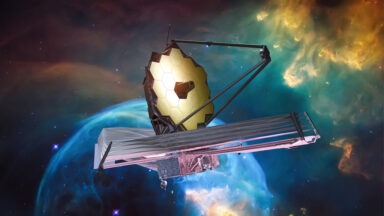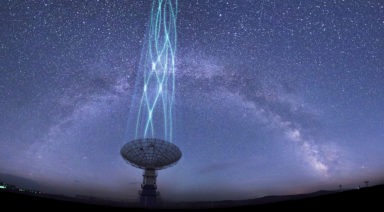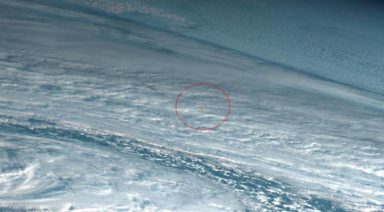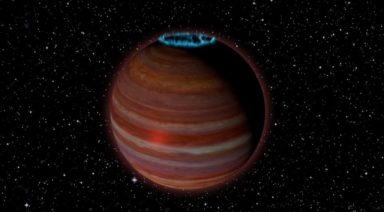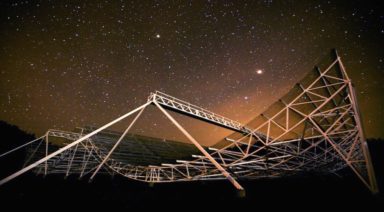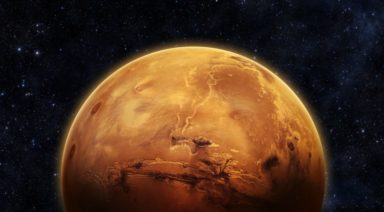Earth’s Magnetic Field is Shifting and Geologists Don’t Know Why

Something strange is happening with the Earth’s magnetic field and scientists are unsure why, according to a recent paper published in the journal Nature. A consortium of geologists in charge of the World Magnetic Model is having trouble keeping track of the planet’s magnetic north pole as it rapidly shifts from Canada to Northern Siberia.
Scientists updated Earth’s magnetic model in 2015, which is used for some pretty important things, including shipping navigation and GPS on smartphones. Their model was intended to last for at least five years, but due to the recent unexpected swing, it became outdated at some point in early 2018 and is now in need of adjustment.
“The error is increasing all the time,” said Arnaud Chulliat, a geomagnetist at the University of Colorado Boulder and the National Oceanic and Atmospheric Administration’s National Centers for Environmental Information.
Scientists say this shift is being driven by liquid iron sloshing around in the planet’s core, a natural process, but one that can vary as the flow changes. Over the past 20 million years, Earth’s magnetic field has consistently experienced a complete pole reversal – usually every 200-300,000 years.
At the moment, we’re long overdue for one of these events, with the last reversal having occurred 781,000 years ago. No one is quite sure what the consequences will be on modern infrastructure when and if that reversal happens. Many take ease in the fact that pole reversals have occurred hundreds of times in the planet’s history without catastrophe, but again, the effect on modern technology remains unknown.
Some scientists have pointed to this shift as a potential culprit in a slew of recent dolphin and whale beachings as well as other unexpected animal die-offs. It’s believed the planet’s natural magnetic field is necessary to some of these animals’ navigation when traveling and communicating over great distances underwater. One NASA scientist is currently looking into this potential connection.
In 2016, a larger-than-usual magnetic pulse shot up from South America, which scientists believe played a role in furthering the recent shift. However, they’re still unsure whether it will continue on this course, or even what will happen at all.
Could we be on the precipice of a massive geomagnetic reversal, or is this just due to slightly-more-anomalous-than-usual activity in the Earth’s core? And what’s even more pressing – what kind of effects is this having on us?
For more on our brain’s relationship with Earth’s magnetic field, check out this Gaia Original short:
Is The Universe One Big Interconnected Neural Network?

Is the universe an interconnected neural network? A new way of thinking is emerging about how different areas of physics and the universe could be connected to create a model that ties together traditional scientific thought with new ideas in quantum physics.
For years physicists have tried to unify classical and quantum physics. Classical physics goes back to the time of Sir Isaac Newton and is based on mechanical, physical equations; that everything operates like clockwork, predictably and knowably.
Quantum physics, on the other hand, looks at microscopic, subatomic scales and how they interact at the levels of particles, waves, and forcefields. But the fundamental laws of physics at this quantum level are the antithesis of their behavior at the classical level. Instead of certainty, you have uncertainty. So how do we connect these different views with a so-called “Theory of Everything”?
A recent paper by University of Minnesota Duluth Physics Professor Vitaly Vanchurin, argues that this seeming paradox can exist if the universe is connected in a neural network.






